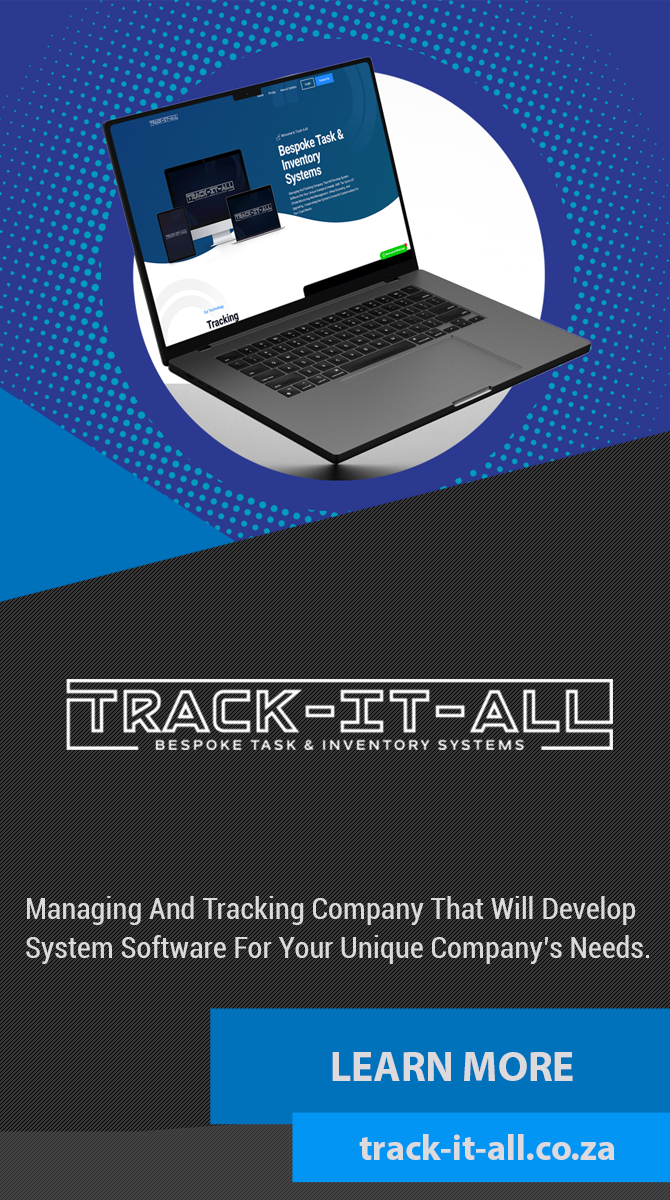Employee Records Management is a vital element of any business. It is the process of organizing, storing and tracking employee records, such as tax information, job descriptions, performance reviews, and more. In today's increasingly digital world, HR departments must be able to easily access and manage employee records and information in order to ensure compliance, reduce paperwork, and save time. This article will provide an overview of Employee Records Management, the key features of an effective system, and how businesses can use it to their advantage. When it comes to employee records management, there are three main elements to consider: collection, storage, and retrieval.
The collection of employee data involves the gathering of information from various sources, such as job applications and performance evaluations. This data is then stored in a secure database, allowing for easy access when needed. Finally, the retrieval of the data is necessary for the efficient operation of the business. When it comes to storage, there are two main options: physical and digital.
Physical storage is typically more costly and time-consuming than digital storage, but it is often necessary for compliance with certain laws and regulations. Digital storage offers greater flexibility and cost savings, but security must be taken into account when using digital storage. Retrieval of employee data is an important part of employee records management. This involves the ability to quickly access the data when needed.
The best way to ensure quick retrieval is to use an automated system that can store and retrieve the data quickly and securely. In addition to collection, storage, and retrieval, there are several other aspects of employee records management that are important to consider. These include archiving, reporting, and compliance with relevant laws and regulations. Archiving ensures that the data remains available for future reference, while reporting allows the organization to analyze the data and gain insights into employee performance.
Compliance with relevant laws and regulations ensures that the organization is operating within legal boundaries and not risking any penalties or fines.
Employee records management
is an essential part of any organization's HR management strategy. It allows organizations to track employee performance, store personal information securely, and ensure compliance with relevant laws and regulations. By understanding what employee records management entails and how it can benefit your organization, you can ensure your organization is utilizing this valuable resource to its fullest potential.Implementing Employee Records Management
Implementing effective employee records management requires careful planning and execution.First, organizations should assess their current system for collecting, storing, and retrieving employee data. This assessment should consider the volume and type of data that is being collected, stored, and retrieved, as well as the security measures in place to protect employee information. Next, organizations should identify any gaps in their current system that need to be addressed. This could include updating existing processes or introducing new ones to ensure the safe and secure collection, storage, and retrieval of employee data.
Finally, they should develop a plan for implementing an effective system that meets their needs. This plan should include the resources needed to implement the system, such as personnel, equipment, software, and training. Organizations should also consider any additional features that could be beneficial to their employees and their operations. For example, employee records management systems can be used to track performance metrics, monitor compliance with relevant laws and regulations, and generate reports on employee data. By implementing an effective employee records management system, organizations can ensure their employees have access to the data they need when they need it.
Benefits of Employee Records Management
Employee records management is an essential part of any organization's human resources management.It provides numerous benefits that can help improve the efficiency, decision-making, and compliance of an organization. One of the major advantages of employee records management is improved efficiency in operations. By managing employee records effectively, organizations can streamline their processes and save time in activities such as hiring, onboarding, payroll, and performance reviews. This can help improve operational efficiency and reduce costs. Another key benefit of employee records management is better organizational decision making.
By collecting, analyzing, and storing employee data, organizations can make informed decisions that are tailored to each individual employee or team. This can help enhance the overall productivity and performance of the organization. Employee records management can also help organizations ensure compliance with relevant laws and regulations. By keeping accurate records, organizations can easily identify any potential issues or discrepancies and take action to resolve them. This helps organizations remain compliant with industry standards and regulations. Finally, employee records management can help improve communication with employees.
By storing employee information in one central location, organizations can access employee data quickly and easily. This helps create better communication between managers and employees, resulting in a more productive work environment. Employee records management is a critical component of any organization's HR management strategy. By understanding what it entails and how it can benefit your organization, you can ensure that your organization is taking advantage of this valuable resource to its fullest potential. Benefits of employee records management include improved compliance with laws and regulations, better tracking of employee performance, and the ability to easily store and access employee data.
By implementing effective employee records management, organizations can ensure that they are getting the most out of their HR management system.








